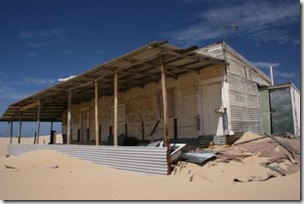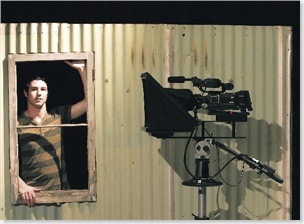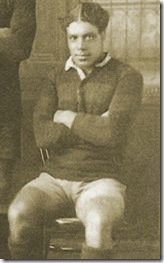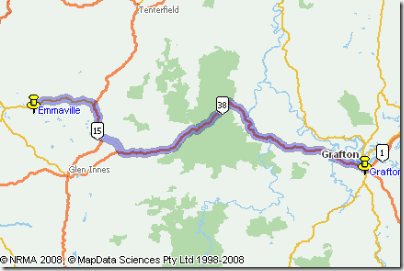The good people from Big Sky Country have provided the following information about events on in New England's Northern Tablelands and North West in Autumn.
MARCH
March 1 Inverell Hobby Markets
Campbell Park, Inverell. Phone 02 67 224 693
March 1 Jellicoe Park Markets, Moree
Plants, fresh fruit and vegetable produce, home baked goods, clothing, handcrafted furniture, poultry, a selection of food stalls, craft and novelty items, beading supplies, jewellery and crystals and more. Phone Tourism Moree 02 67 573 350
March 6 -7 Armidale Show
Armidale Showgrounds. Produce, livestock and entertainment.
Phone Armidale and New England Show Society 02 67 723 113
March 7 Gypsy Willow Markets, Narrabri
Phone 02 67 996 760
March 6 - 8 Tenterfield's Bavarian Beerfest
This bi-annual event features the band from Tenterfield’s sister city Ottobeuren. Phone Karen 02 67 362 426
March 7 Glen Elgin Sports
A fun day for all the family at Glen Elgin Sports Ground. Horse sports, miscellaneous events for all the family. BBQ and camping facilities. For more information phone Fiona Smith 02 67 323 923
March 8 Glen Innes Markets
8.00am to midday, Grey Street, Glen Innes. Phone Jenny Hodder 02 67 325 329
March 13 -14 Walcha Show
Walcha's annual agricultural show highlighting the best of local products including art and craft, food and school childrens displays. Dizzy heads and fairy floss at the sideshow alley along with the best shearers competing for the fastest times to shear a sheep. A great weekend out so book early for accommodation. Call the visitor Centre for more info on 02 67 742 460
March 13 -15 Minerama Gem & Mineral Show, Glen Innes
The largest annual mineral & gem show in NSW. Fossicking field trips, valuations, gems for sale. Visit www.minerama.gleninnes.biz or phone Glen Innes Visitor Information Centre 02 67 322 397
March 14 Gunnedah Business and Service Awards
Black Tie Event celebrating the achievements of businesses and individuals throughout the year. 16 Categories culminating in the Business of the Year Award. Gunnedah Town Hall. Phone Michael Ruff 02 67 423 600
March 14 Opera in the Paddock, Delungra
A selection of opera, operetta and song, performed by Peta Blythe, David Hamilton, Shaun Brown and David Hibbard. "Mimosa" Delungra (30kms west Inverell) BYO chair and picnic. Contact 02 67 248 248 or operainthepaddock@bigpond.com Website: www.operainthepaddock.com.au Tickets available at the Inverell Visitors Centre, phone 02 67 288 161. Bookings essential.
March 14 Uralla’s Get Off Your Arts Festival
This Festival aims to bring out everyone's inner artist – whether by participation in lantern making, poetry performances, busking, choir singing, percussion, puppet making, fire event performance, music workshops or photography. From 9am to late – a day filled with market and food stalls, dancing, art, concerts, the magical lantern parade and outdoor theatre and fire spectacle "The Meeting Place”. Email rendalls@iprimus.com.au for more info.
March 17 St Patrick’s Day, Glen Innes
Celebrate Ireland's national day at the Australian Standing Stones, the National Celtic Monument. Phone: Wendy Watts 02 67 333 274
March 21 Gunnedah Country Markets
From 8.30am at Wolseley Park, Conadilly Street, Gunnedah. Entry is Free. A wonderful choice of goods to be purchased, from delicious cakes/jams, pottery and craft to second hand goods/books/clothes. Contact 02 67 422 565
March 21 Emmaville Mining Museum - "Sheep" Race Meeting
Emmaville Museum Committee conducts the first known massed "sheep race" of 100 sheep down main street. Phone Emmaville Mining Museum 02 67 347 025
March 21 New England Lapidary & Fossicking Club Inc. Annual Gem And Craft Show
Free entry, with craft, gems, rocks, crystals, jewellery, gifts, lapidary books/supplies/equipment and light refreshments on sale. Phone Michael and Kerry Tasik 02 67 785 122
March 21 Australian Wool Fashion Awards, Armidale
Presentation night and dinner at New England Girls' School Equestrian Centre, New England Highway, Armidale. These awards educate and encourage young designers in the wonderful qualities of wool. More info phone Liz Foster 02 67 712 733 or visit http://www.tawfa.com.au
March 21 - 22 and 26 - 28 Week of Speed, Gunnedah
Feel the need...the need for speed? Enjoy a weekend of fast-pasted action with all things that move. From Go Karts and Speedway action to Drag Cars and Bikes there is something to entertain the whole family. Don't miss the action packed weekend in Gunnedah. For further details please call the Gunnedah Visitor Information Centre on 02 67 402 230
March 28 - 30 Quilters and Patchworkers of New England Exhibition, Armidale
Quality local quilts on display, with the opportunity to purchase. Legacy Hall, Faulkner Street. Phone 02 67 712 734
March 28 Gunnedah Speedway
Super Sedans NSW Series, Late Model Challenge, Street Stockers, Benders, Juniors. Phone Cathy 02 67 422 677
March TBA Rhythm on the Reedy, Warialda
An afternoon of great music on the banks of Reedy Creek. Phone Warialda Visitor Information on 02 67 290 046
March 21-22 Autumn Festival, Armidale
A wonderful street parade of local schools, car clubs, businesses and culture. Phone Armidale Visitor Information Centre 02 67 724 655
March 28 Fairview on Trawalla, Moree
A superb outdoor luncheon. Phone Joy Peachey 0427 990 690
March 29 Markets in the Mall, Armidale
Beardy Street Mall, Armidale Contact Matthew from the PCYC 02 67 721 023
APRIL
April 2 - 6 Oracles of the Bush, Tenterfield
The annual festival of Australian verse, bush poetry and song. A gathering of classic bush characters with plenty of Aussie spirit. Phone Tenterfield Visitor Information Centre 02 67 361 082
April 4 Gypsy Willow Markets, Narrabri
Phone 02 67 996 760
April 4 Gunnedah Bird Sale and Expo, Gunnedah Showground
The Gunnedah Bird Sale & Expo has grown to be the biggest bird sale in Australia. Admission is $2, canteen facilities, doors open at 10am. Phone Greg Brandon 0447 749 971
April 4 Nosh on the Namoi, Narrabri
A showcase of the region's great foods and fine wines, held on the banks of the Namoi River. Relax to a jazz band while you sample delicious foods. Phone Narrabri Visitor Information Centre 02 67 996 761
April 5 Jellicoe Park Markets, Moree
Plants, fresh fruit and vegetable produce, home baked goods, clothing, handcrafted furniture, poultry, a selection of food stalls, craft and novelty items, beading supplies, jewellery and crystals and more. Phone Tourism Moree 02 67 573 350
April 5 Inverell Hobby Markets
Campbell Park, Inverell Phone 02 67 224 693
April 10 -12 Bingara Anglers Club EasterFish
Phone Steve Apthorpe 02 67 241 618
April 10 - 12 Go For Gold Easter Festival, Nundle
Nundle celebrates its Chinese Heritage at Easter every Year. The Chinese Dragon will dance the streets along with many Chinese Food Stalls and displays by the Nundle School. A great family weekend. Visit www.nundle.info
April 12 Glen Innes Markets
8.00am to midday, Grey Street, Glen Innes. Contact Jenny Hodder 02 67 325 329
April 18 Gunnedah Speedway
Sprint Cars, Greta Smith Memorial Inaugral Street Stock Challenge, Plus Support. Phone Cathy 02 67 422 677
April 18 Gunnedah Country Markets
From 8.30am at Wolseley Park, Conadilly Street, Gunnedah. Entry is Free. A wonderful choice of goods to be purchased, from delicious cakes/jams, pottery and craft to second hand goods/books/clothes. Contact 02 67 422 565
April 18 -19 Inverell on Display
An event that showcases Inverell’s business community to a wide audience. Inverell Racecourse. Phone 02 67 288 271 or email Sandy Swan sandy.swan@inverell.nsw.gov.au
April 25 Anzac Day Celebrations Glen Innes
To celebrate Anzac Day there will be a Dawn service at 5.30am at the Glen Innes Cemetery, then Breakfast at the Glen Innes & District Services Club. Memorial service at 11am, beginning at the Boer War Memorial in the Grey St & Meade St roundabout, marching to Anzac Park for the service. Phone Glen Innes & District Services Club 02 67 321 355
April 24 - 25 Moree Show
Celebrating 125 years, this is a show not to be missed. Phone Renee McMillan 0439 195 721
April 24 - 25 Drovers Campfire Weekend, Narrabri
Do you have a caravan, motorhome, camper 4x4, ute, tent or swag? A fun filled weekend – camp oven cooking, drover dressups, craft displays, local tours, bush poetry and lots more. Phone Geoff Eather 02 67 434 469
April 25 - 26 North West Autumn Classic Championship Dog Show, Gunnedah.
This is an amazing dog show with all breeds under the sun-well worth a visit for any dog lover. Gunnedah Kennel Club Complex, Oxley Highway. Contact 02 67 447 866 or 02 67 447 892
April 27 Markets in the Mall, Armidale
Beardy Street Mall, Armidale Contact Matthew from the PCYC 02 67 721 023
April 29 - May 1 Celtic Book Sale, Glen Innes
The Glen Innes Severn Learning Centre. Money raised at the booksale will assist the Library to buy new resources. Phone Kerry Byrne 02 67 30600
MAY
April 30 - May 3 Australian Celtic Festival, Glen Innes
Enjoy the culture, colour and pageantry of this great Celtic Festival at the only National Celtic monument in Australia – The Australian Standing Stones. A spectacular array of anything and everything Celtic. Special ceremonies for the Welsh, Manx, Scottish, Irish, Cornish and the Guardians of the Australian Standing Stones. Saturday is the street parade and entertainment at the Standing Stones site. Thursday and Friday the entertainment is within the town and main street. Detailed programs from the Glen Innes Visitor Information Centre 02 67 302 400. Visit www.australiancelticfestival.com
May 1 - 3 Narrabri Show
This annual show includes horse events, woodchopping, cooking, photography, crafts, sideshows, fireworks trotting, showjumping and a ute competition. Phone Narrabri Visitor Information 02 67 996 760
May 1 - 7 Narrabri Veterans Golf Week
Narrabri Golf Club 02 67 922 148
May 2 Gypsy Willow Markets, Narrabri
Phone 02 67 996 760
May 2 - 3 Quirindi Heritage Rally and Miniature Railway Rally
Quirindi Rural Heritage Village is holding its Annual Rally and Swap Meet at the Heritage Village site, on the Kamilaroi Highway. Stationery motors, steam engines, farm machinery, displays and more! Phone Beryl Mannion 02 67 461 479
May 3 Jellicoe Park Markets, Moree
Plants, fresh fruit and vegetable produce, home baked goods, clothing, handcrafted furniture, poultry, a selection of food stalls, craft and novelty items, beading supplies, jewellery and crystals and more. Phone Tourism Moree 02 67 573 350
May 3 Inverell Hobby Markets
Campbell Park, Inverell Phone 02 67 224 693
May 3 Great Nundle Dog Race
Nundle Recreational Ground. Join in all the fun, featuring canine and human events with all funds raised going towards the Nundle Public School. Phone Joy 02 67 693 253
May 8 - 10 Gunnedah Show and Open Rodeo
Enjoy the pleasures, sights and sounds of a country show – the grand parade, pavillion displays, spectacular fireworks, sideshow alley and an action packed rodeo! Gunnedah Showgrounds. Phone Gunnedah Show Society Office: Jackie Weston, Secretary 0429 441 781
May 8 - 10 New England Wool Expo, Armidale
From paddock to parade and plate – yard dog championships, shearing and fleece spectaculars, alpacas, fashion parades, wool crafts, regional food and wine, rural and retail exhibitors, 'kindergarten to PhD' education sectors in New England and family entertainment.
Armidale Creeklands. Phone 02 67 728 974
May 8 - 9 Moree on a Plate
Fabulous food and wine showcasing some of New England North West’s finest food products. Phone Moree Tourism 02 67 573 350
May 10 Gunnedah Mother's Day Race Meeting
For a great day of country racing make a day of it at Gunnedah Riverside Racecourse, full TAB facilities. Phone Debbie Watson Club Secretary 02 67 420 093
May 10 Glen Innes Markets
8.00am to midday, Grey Street, Glen Innes. Contact Jenny Hodder 02 67 325 329
May 16 Gunnedah Country Markets
From 8.30am at Wolseley Park, Conadilly Street, Gunnedah. Entry is Free. A wonderful choice of goods to be purchased, from delicious cakes/jams, pottery and craft to second hand goods/books/clothes. Contact 02 67 422 565
May 15 -17 Bingara Show
The annual show with all the traditional and popular events. Phone Bingara Show Society 02 67 242 064
May 18 -22 Moree Veterans Week of Golf
Phone John Goulay 02 67 525 046 or 0418 657 580
May 22 - 24 Wee Waa Country Show (75th anniversary)
Wee Waa's annual show is renowned for featuring some of the western plains' of NSW finest sheep and cattle. "Fashions in the Pen" is a special segment where fashion designers submit creative entries made from wool or cotton. Phone 02 67 954 315
May 23 - 30 Rotary Book Fair, Armidale
Armidale Racecourse
May 27 - 28 Australian National Cotton Trade Show, Moree
Moree TAFE Agricultural Centre. Celebrating 10 years, this is the largest single industry trade show in Australia, with over 200 exhibitors. Phone Brian O’Connell 07 4659 3555
May 30 Walcha Timber Expo
View the town’s timber industry at its best with chainsaw racing, wood chopping state titles with axemen slicing their way to the winners podium, loads of stallholders for timber products such as outdoor furniture and handmade sculptures. There are vintage steam engines and many other stalls for a family fun day out. Make sure you get there early enough for the procession through the main streets of Walcha. For more information call Tony on 02 67 772 886
May 31 Markets in the Mall, Armidale
Beardy Street Mall, Armidale Contact Matthew from the PCYC 02 67 721 023
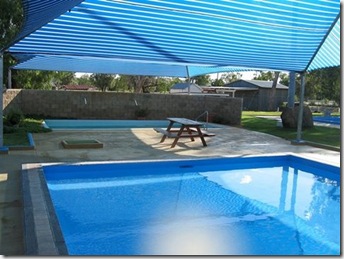
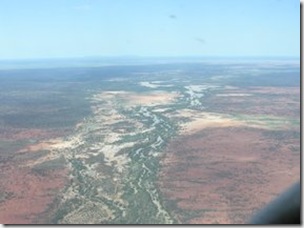
 Toorale Station occupies a special place in Australian history. It was first taken up by the Europeans in 1857. From 1880 to 1913 it was owned by the legendary Samuel (later Sir Samuel) McCaughey. At various times McCaughey owned or shared in twelve stations in New South Wales and three in Queensland with a total area of about 3,250,000 acres (1,315,242 ha).
Toorale Station occupies a special place in Australian history. It was first taken up by the Europeans in 1857. From 1880 to 1913 it was owned by the legendary Samuel (later Sir Samuel) McCaughey. At various times McCaughey owned or shared in twelve stations in New South Wales and three in Queensland with a total area of about 3,250,000 acres (1,315,242 ha).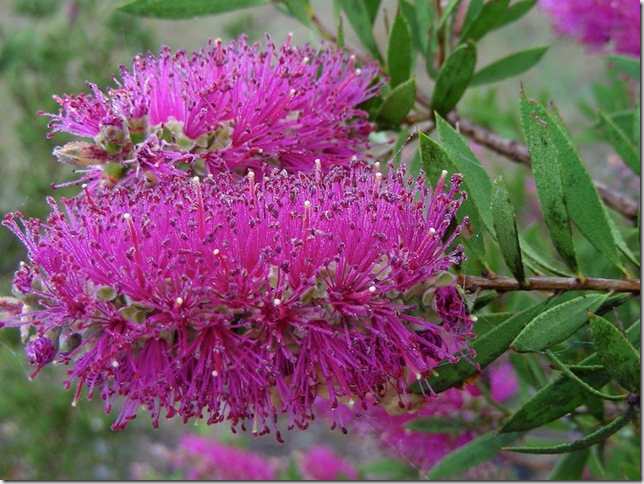
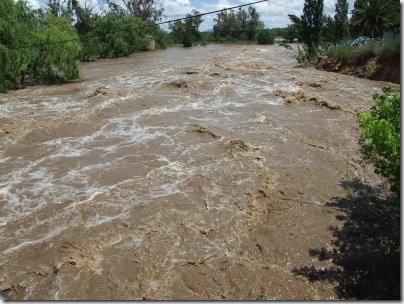

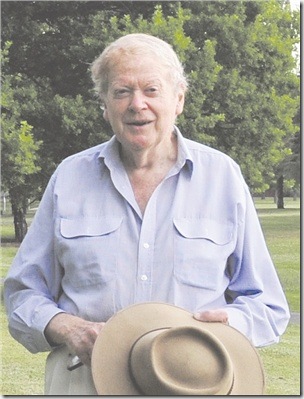



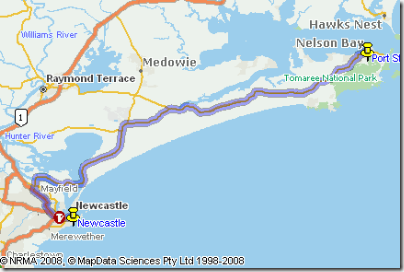
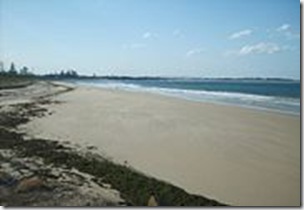 and mining base. In 1896, in one of those accidents that marked the lower Hunter, the town was struck by tragedy when a gas leak at the local colliery killed 11 people. Today it has become a working-class dormitory marked by a relaxed life style and love of the sea and fishing. The photo shows the southern end of Stockton Beach near Stockton.
and mining base. In 1896, in one of those accidents that marked the lower Hunter, the town was struck by tragedy when a gas leak at the local colliery killed 11 people. Today it has become a working-class dormitory marked by a relaxed life style and love of the sea and fishing. The photo shows the southern end of Stockton Beach near Stockton.

